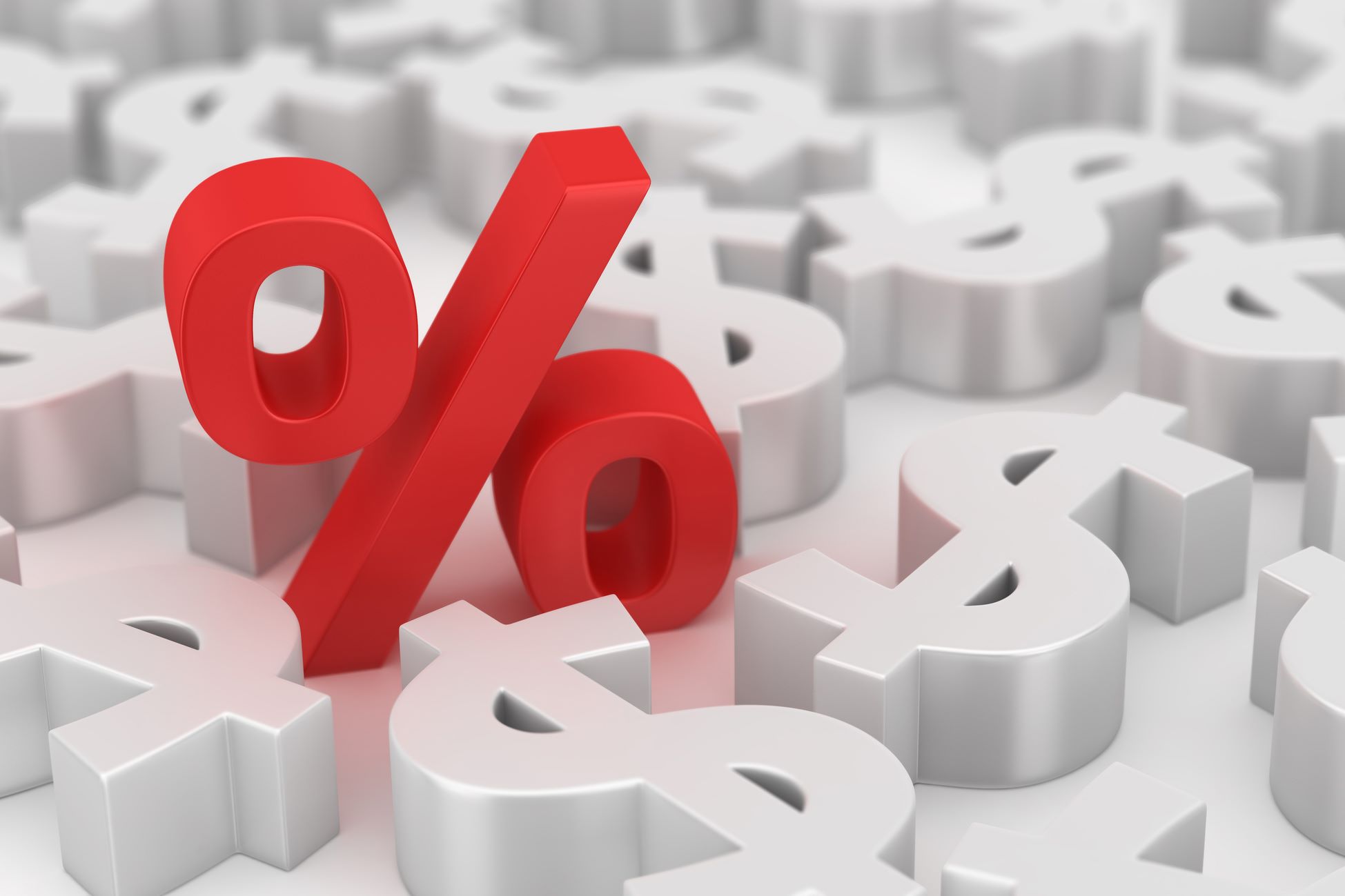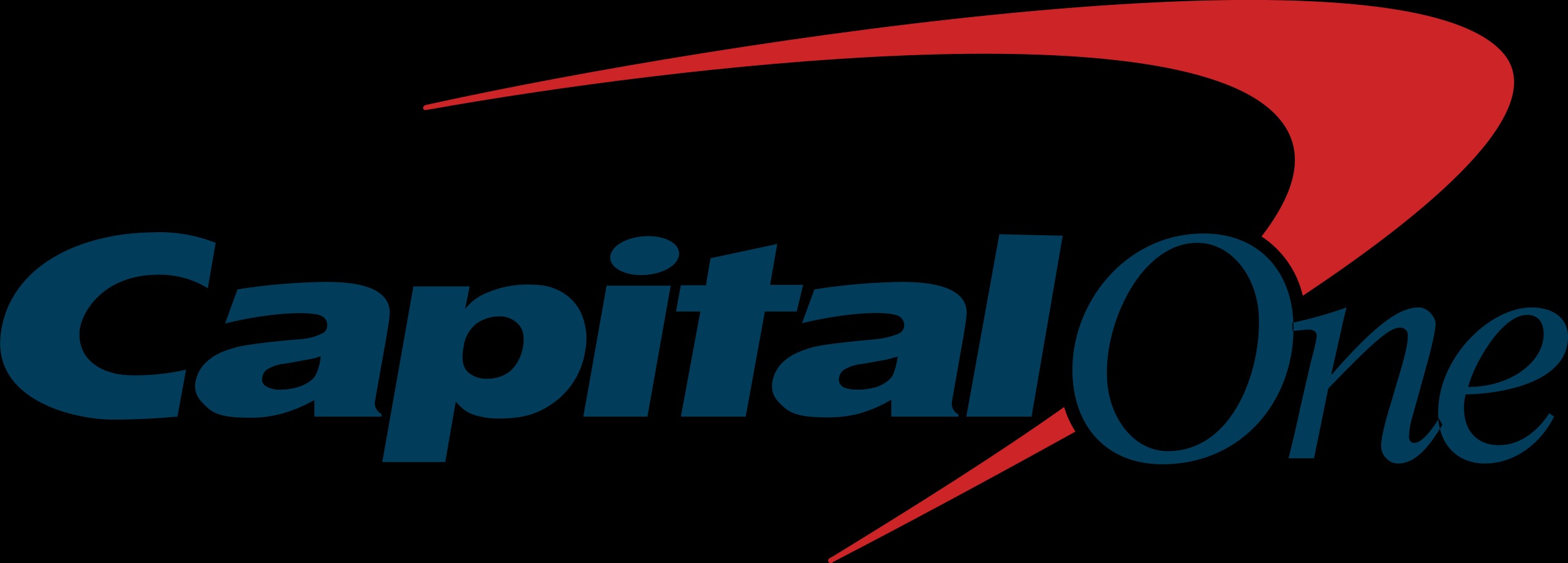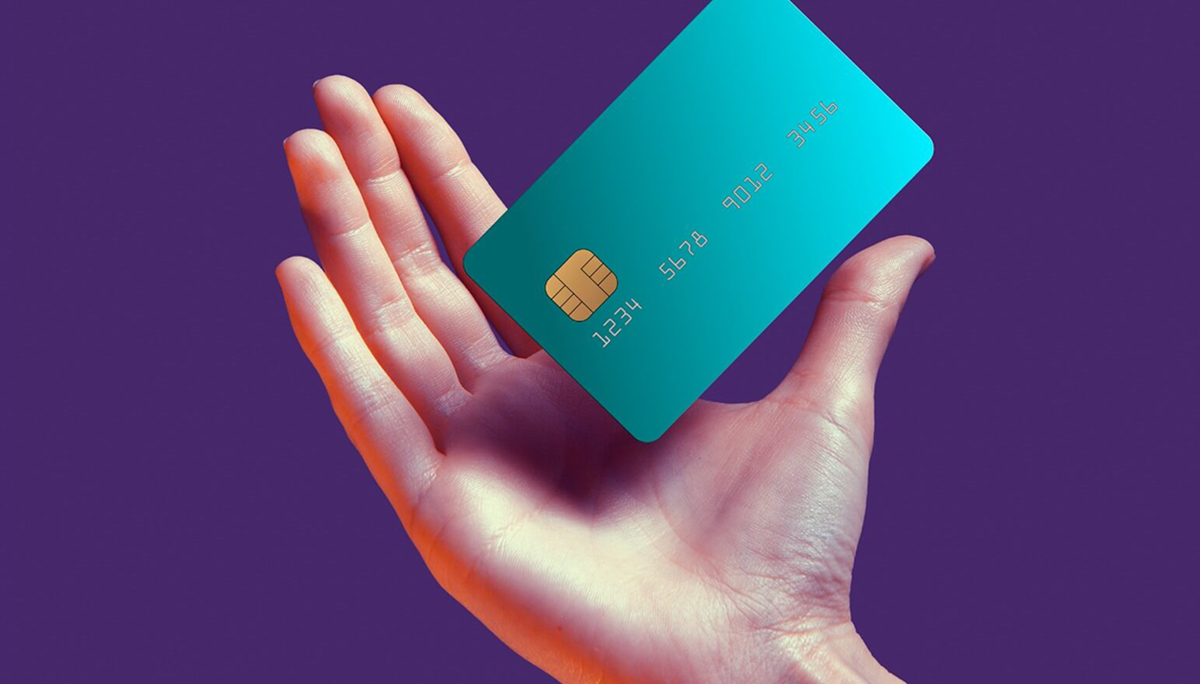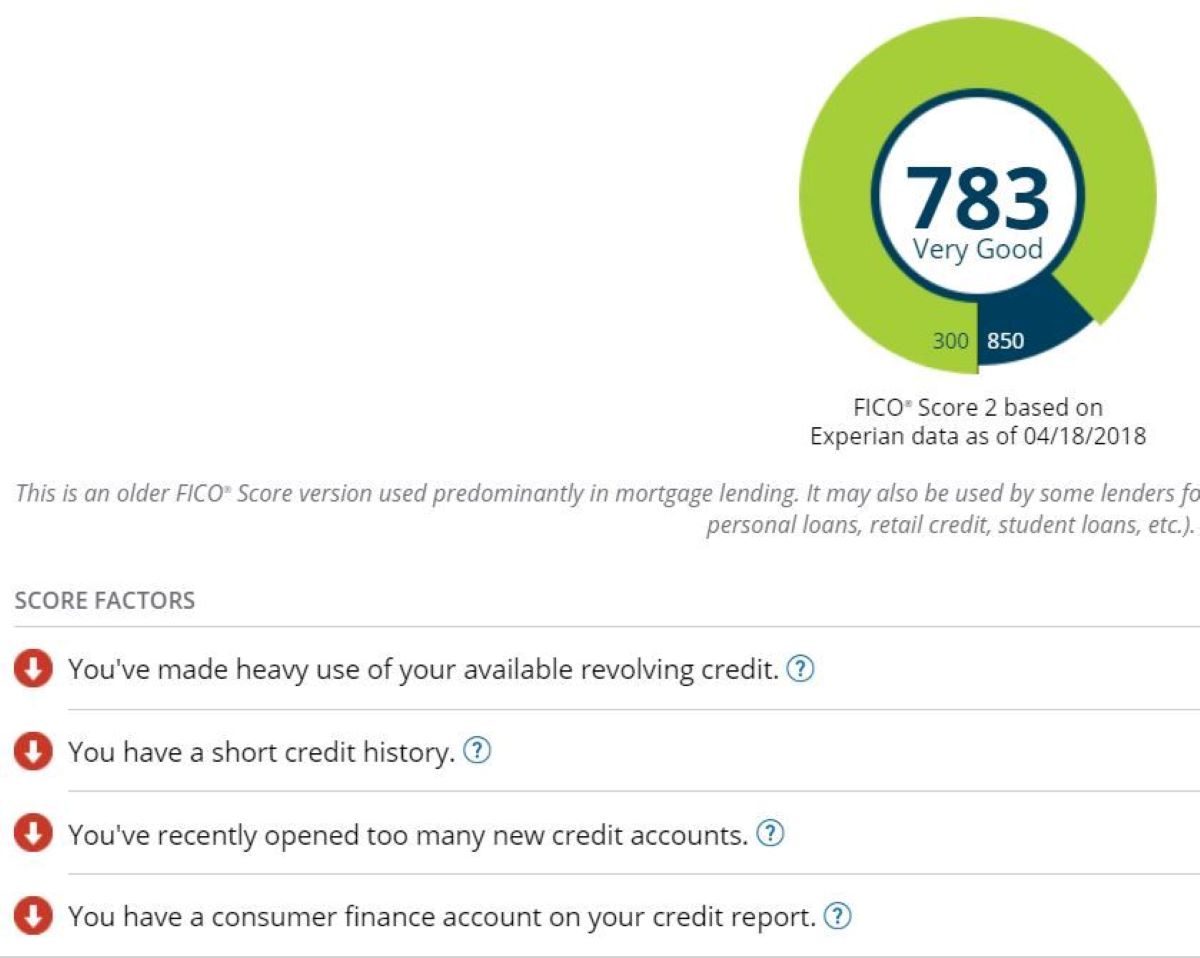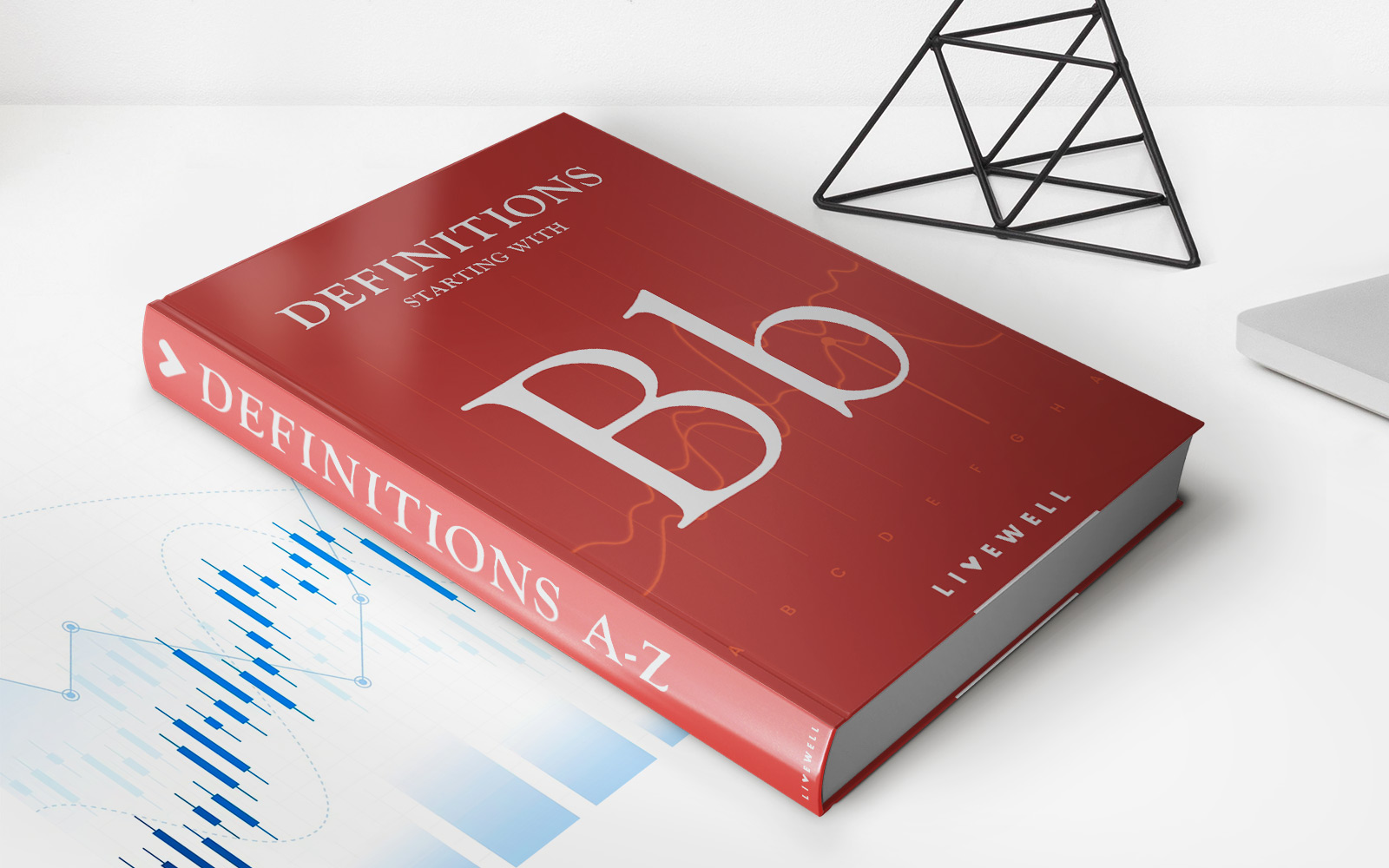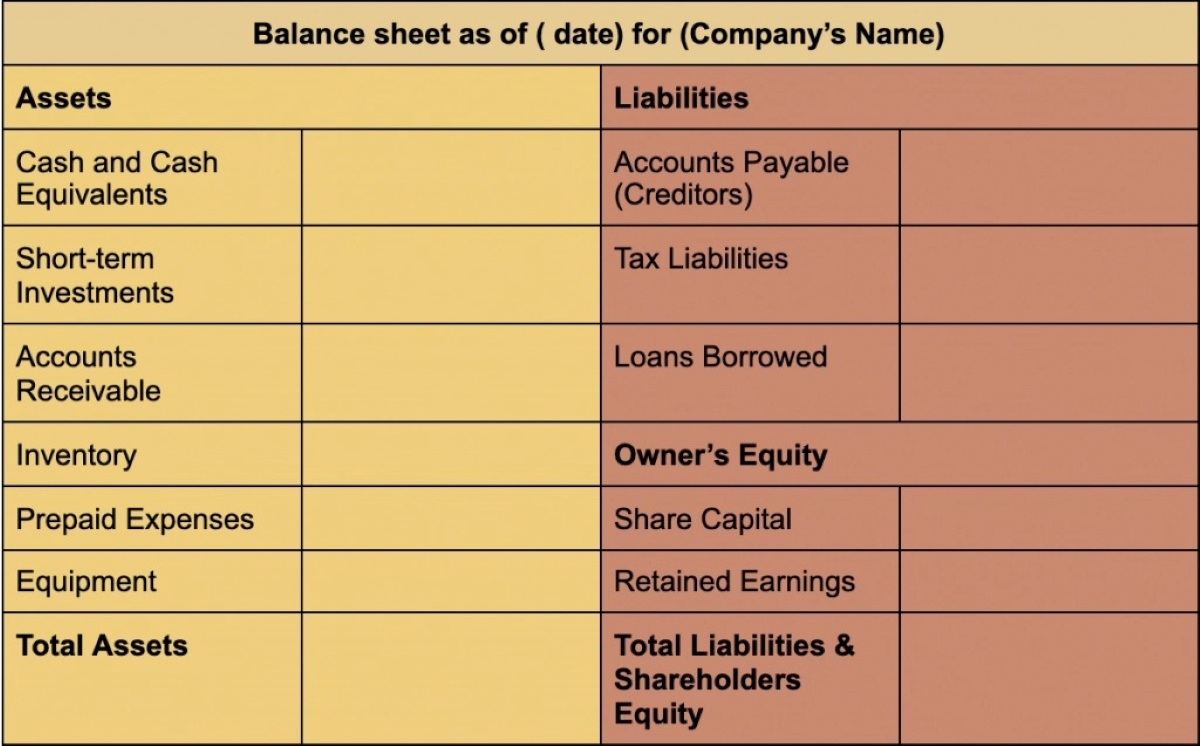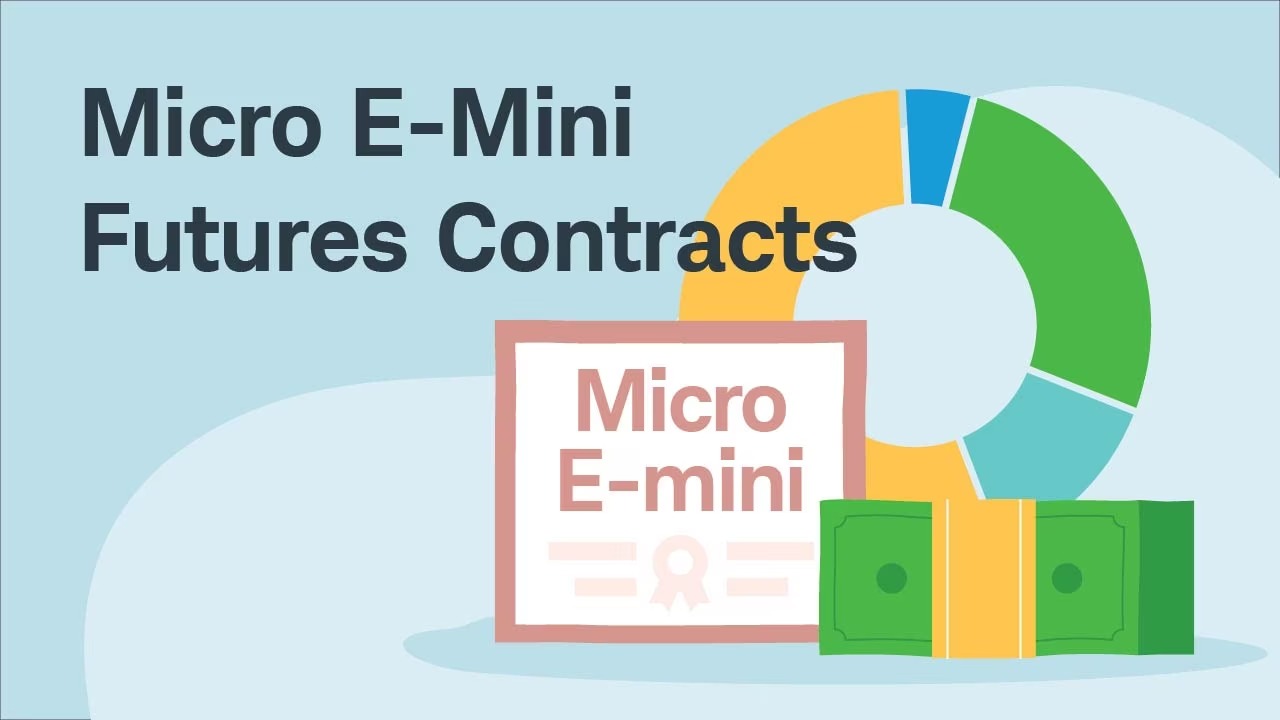

Finance
Why Is My Available Credit Negative
Modified: March 10, 2024
Discover why your available credit is negative and learn how to manage your finances effectively with our expert guidance and tips.
(Many of the links in this article redirect to a specific reviewed product. Your purchase of these products through affiliate links helps to generate commission for LiveWell, at no extra cost. Learn more)
Table of Contents
- Introduction
- Understanding Available Credit
- Factors That Can Cause Negative Available Credit
- How Credit Utilization Affects Available Credit
- Impact of Payment Timing on Available Credit
- The Role of Pending Transactions in Negative Available Credit
- Tips for Managing and Improving Available Credit
- Conclusion
Introduction
Having negative available credit can be a confusing and frustrating situation for anyone. You may wonder how it’s even possible to have a negative credit limit, and what it means for your financial health. In this article, we will delve into the concept of available credit and explore the reasons behind its negative value.
Available credit is the amount of credit that you have remaining on your credit card or line of credit. It represents the difference between your credit limit and your current balance. Ideally, you want to have a positive available credit, as this indicates that you have room to make additional purchases without exceeding your credit limit.
However, there are certain factors that can cause your available credit to turn negative. These factors include credit utilization, payment timing, and pending transactions. Understanding these factors is important for managing your finances and maintaining a healthy credit profile.
In the following sections, we will delve deeper into each of these factors and discuss how they can contribute to negative available credit. We will also provide tips and strategies for managing and improving your available credit to ensure a stronger financial standing.
Understanding Available Credit
Available credit is an important concept to grasp when it comes to managing your finances. It refers to the amount of credit that you have left to use on your credit card or line of credit. Simply put, it is the difference between your credit limit and your current balance.
For example, if your credit limit is $5,000 and your current balance is $3,000, your available credit would be $2,000. This means you have $2,000 remaining that you can utilize for further purchases or expenses before reaching your credit limit.
Having a sufficient amount of available credit is crucial for several reasons. Firstly, it allows you to make essential purchases or emergency expenses when needed. Secondly, it plays a significant role in your credit utilization ratio, which is an important factor in calculating your credit score. Maintaining a low credit utilization ratio, typically below 30%, demonstrates responsible credit management and can positively impact your credit score.
However, when your available credit turns negative, it can raise concerns and confusion. Negative available credit means that you have exceeded your credit limit, and your balance is higher than the assigned credit limit on your account. This can occur due to a variety of reasons, including outstanding charges, pending transactions, or payment delays.
It’s essential to understand the implications of negative available credit on your financial health. It can potentially lead to various consequences, such as over-limit fees, increased interest charges, and a negative impact on your credit score. Furthermore, if you consistently exceed your credit limit, it may signal to lenders that you are reliant on credit and may result in difficulty obtaining future credit or loans.
In the following sections, we will explore the factors that can cause negative available credit and discuss strategies to manage and improve your available credit for a healthier financial outlook.
Factors That Can Cause Negative Available Credit
There are several factors that can contribute to having negative available credit on your credit card or line of credit. Understanding these factors can help you identify the reasons behind your negative available credit and take the necessary steps to manage and improve your financial situation. Let’s explore these factors:
- Credit Utilization: One of the primary reasons for negative available credit is high credit utilization. Credit utilization refers to the percentage of your available credit that you are currently using. If you have a low credit limit and a high balance, it can quickly push your available credit into negative territory. For example, if your credit limit is $1,000 and your balance is $900, your available credit would be -$100, indicating a negative value. To avoid this, it’s crucial to keep your credit utilization ratio low by either paying off your balances or requesting a credit limit increase.
- Payment Timing: The timing of your payments can also impact your available credit. If you make a payment after your credit card issuer has reported your balance to the credit bureaus, your available credit may not immediately reflect the payment. This can result in a temporary negative available credit until the payment is processed and updated. To avoid this, try to make payments well before the reporting date to ensure your available credit reflects the current balance.
- Pending Transactions: Pending transactions can cause your available credit to be temporarily negative. When you make a purchase or incur an expense using your credit card, the transaction may take some time to be processed and reflected in your account balance. During this time, your available credit may show a negative value until the transaction is complete. It’s important to keep track of your pending transactions and ensure that they are accounted for when managing your available credit.
It’s essential to regularly monitor your credit card statements and keep track of your balances and available credit. This will help you identify any discrepancies, unauthorized charges, or potential issues that could lead to negative available credit. By understanding these factors and being proactive in managing your credit, you can take the necessary steps to improve your available credit and maintain a healthy financial standing.
How Credit Utilization Affects Available Credit
Credit utilization plays a significant role in determining your available credit and overall creditworthiness. It refers to the percentage of your available credit that you are currently utilizing. A high credit utilization ratio can contribute to negative available credit and impact your financial health. Let’s delve deeper into how credit utilization affects your available credit:
When you have a low credit utilization ratio, it indicates that you are responsibly managing your credit and using only a small portion of your available credit. This can have a positive impact on your credit score and financial standing. On the other hand, high credit utilization, especially if it exceeds 30%, can be a red flag for lenders and negatively impact your creditworthiness.
When your credit utilization exceeds your assigned credit limit, your available credit turns negative. For example, if your credit limit is $5,000 and your current balance is $6,000, your available credit would be -$1,000. This means you have exceeded your credit limit and need to reduce your balance to regain a positive available credit.
To improve your available credit and maintain a healthy credit utilization ratio, consider implementing the following strategies:
- Pay off Balances: Paying off your balances in full and on time can help reduce your credit utilization ratio and increase your available credit. Aim to keep your balances well below your credit limit to demonstrate responsible credit management.
- Request a Credit Limit Increase: If you consistently find yourself with high credit utilization and negative available credit, you may consider requesting a credit limit increase. This can provide you with a larger credit pool, decreasing your credit utilization ratio and potentially improving your available credit.
- Spread out Spending: Instead of making large purchases that max out your credit limit, consider spreading out your spending across multiple billing cycles. This can help keep your balances low and prevent your available credit from turning negative.
By effectively managing your credit utilization and keeping your balances low, you can improve your available credit and maintain a healthy financial profile. Remember that maintaining a low credit utilization ratio is not only beneficial for your available credit but also plays a significant role in determining your creditworthiness and overall credit score.
Impact of Payment Timing on Available Credit
The timing of your payments can have a direct impact on your available credit. It’s important to understand how payment timing affects your credit card balance and the subsequent effect on your available credit. Let’s explore this further:
When you make a payment on your credit card, the payment typically reduces your outstanding balance and increases your available credit. However, the timing of your payment in relation to your billing cycle and the reporting date to the credit bureaus can influence how quickly your available credit is reflected.
If you make a payment shortly before your credit card issuer reports your balance to the credit bureaus, your available credit may not immediately reflect the payment. For example, if your credit card issuer reports your balance on the 15th of each month and you make a payment on the 14th, the payment may not be processed in time to impact the reported balance, resulting in a temporary negative available credit.
To avoid negative available credit due to payment timing, it’s important to consider the following strategies:
- Pay Early: Try to make your credit card payments well in advance of the reporting date. This gives ample time for the payment to be processed and reflected in your available credit.
- Set up Auto Payments: Setting up automatic payments for your credit card can help ensure timely payment, reducing the risk of negative available credit due to payment delays or oversights.
- Monitor Your Billing Cycle: Keep track of your billing cycle and reporting dates. This information can help you plan your payments to avoid negative available credit.
By being aware of the timing of your payments and ensuring they align with your credit card reporting dates, you can minimize the risk of negative available credit. This will help you maintain better control over your finances and ensure a healthier credit profile.
The Role of Pending Transactions in Negative Available Credit
Pending transactions can temporarily impact your available credit and potentially lead to negative available credit. Understanding the role of pending transactions in affecting your available credit is crucial for managing your finances effectively. Let’s explore this further:
When you make a purchase or incur an expense using your credit card, the transaction goes through a process before it is fully completed and reflected in your account balance. During this time, the transaction is considered as pending, meaning it has been authorized by the merchant but has not yet been fully processed.
Pending transactions can affect your available credit in two ways:
- Temporary Reduction: When a transaction is pending, the authorized amount is temporarily held aside from your available credit. This means that if you have a credit limit of $5,000 and make a $200 purchase, your available credit will be reduced by $200 until the transaction is fully processed. As a result, your available credit may temporarily show a negative value if you have other charges or balances close to your credit limit.
- Delayed Update: In some cases, a pending transaction may not be immediately reflected in your account balance, leaving your available credit unchanged. This can lead to confusion and discrepancy between your available credit and the actual balance on your credit card. However, once the transaction is fully processed, your available credit will be adjusted accordingly.
It’s important to keep track of your pending transactions to ensure that you accurately manage your available credit. Here are a few tips:
- Maintain a Buffer: To avoid negative available credit due to pending transactions, it’s advisable to maintain a buffer between your credit limit and your current balance. This allows room for any pending transactions without pushing your available credit into the negative territory.
- Monitor Your Account: Regularly review your credit card statements and online banking platforms to identify any pending transactions that may impact your available credit. Keep in mind that different merchants and payment processors may take varying amounts of time to process transactions.
- Communicate with the Merchant: If you notice a pending transaction that has been outstanding for an extended period, consider reaching out to the merchant to inquire about the status or request cancellation if necessary.
By understanding the role of pending transactions and actively managing your available credit, you can stay on top of your financial situation and avoid negative available credit caused by pending transactions. This will enable you to make more informed financial decisions and maintain a healthy credit profile.
Tips for Managing and Improving Available Credit
Managing and improving your available credit is essential for maintaining a healthy financial profile. Here are some useful tips to help you maximize your available credit and enhance your overall financial well-being:
- Create a Budget: Develop a budget that aligns with your income and expenses. By tracking your spending and ensuring that you live within your means, you can avoid excessive credit card charges and maintain a healthy available credit.
- Monitor Your Credit Utilization: Keep a close eye on your credit utilization ratio—the percentage of your available credit that you are utilizing. Aim to keep this ratio below 30% to avoid negative effects on your credit score and available credit.
- Pay Your Bills on Time: Late or missed payments can negatively impact your available credit. Make it a priority to pay your bills on time to avoid late fees, increased interest charges, and potential damage to your credit score.
- Request a Credit Limit Increase: If your credit utilization ratio is consistently high, consider requesting a credit limit increase. A higher credit limit can provide more headroom for your expenses and improve your available credit.
- Pay off Balances: Focus on paying off your credit card balances in full and on time each month. By doing so, you can reduce your outstanding debt and increase your available credit for future use.
- Limit Credit Applications: Avoid applying for multiple credit cards or loans within a short period. Frequent credit inquiries can temporarily decrease your credit score and potentially impact your available credit.
- Utilize Credit Monitoring Tools: Take advantage of credit monitoring tools and services to track your credit score, monitor your credit card balances, and receive alerts for any suspicious activities or changes to your account.
- Review and Dispute Inaccuracies: Regularly review your credit reports to identify any errors or inaccuracies. Dispute any incorrect information and work towards having accurate credit reports, which can positively impact your available credit.
By implementing these tips and adopting responsible financial habits, you can effectively manage and improve your available credit. Remember that maintaining a healthy credit profile is a long-term commitment that requires consistent efforts. By staying proactive and making informed financial decisions, you can optimize your available credit and achieve your financial goals.
Conclusion
Understanding and managing available credit is crucial for maintaining a healthy financial standing. Negative available credit can lead to financial stress and have adverse effects on your credit score and overall creditworthiness. By understanding the factors that can cause negative available credit, such as high credit utilization, payment timing, and pending transactions, you can take proactive steps to improve your financial situation.
To manage and improve your available credit, it’s important to monitor your credit card balances, make timely payments, and keep your credit utilization ratio low. By paying off balances in full and on time, requesting credit limit increases, and spreading out your spending, you can maintain a healthy available credit and demonstrate responsible credit management.
Additionally, being aware of the role of pending transactions and the impact of payment timing can help you avoid temporary negative available credit. By staying updated on your billing cycle and proactively managing your pending transactions, you can ensure that your available credit accurately reflects your account balance.
By following the tips provided in this article, including creating a budget, monitoring your credit utilization, paying bills on time, and utilizing credit monitoring tools, you can effectively manage and improve your available credit. Remember that responsible credit management is a continuous process that requires consistent effort and financial discipline.
Ultimately, by taking control of your available credit, you can enhance your financial health, strengthen your creditworthiness, and pave the way for a brighter financial future.

